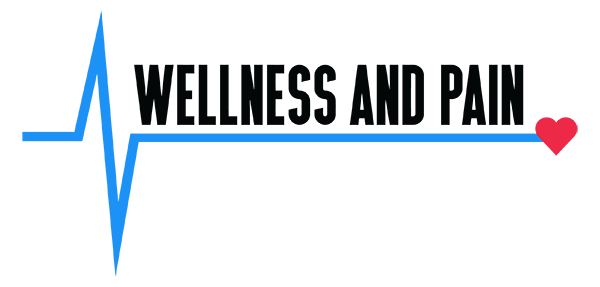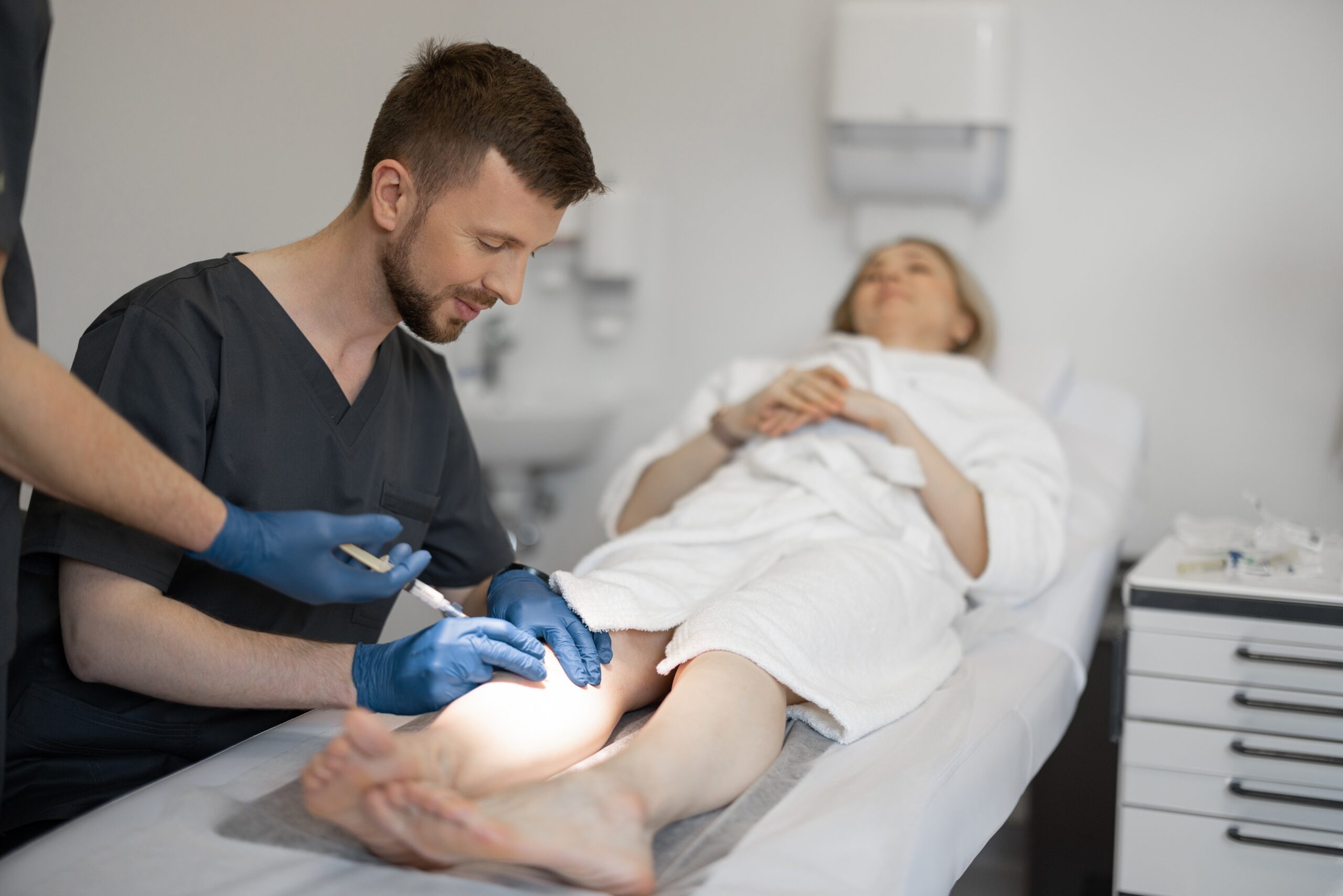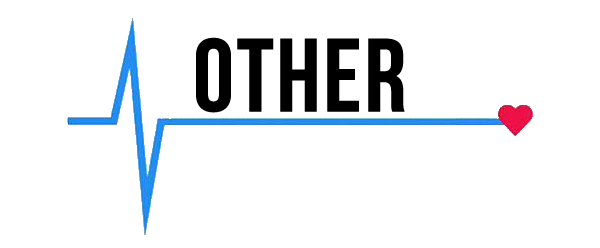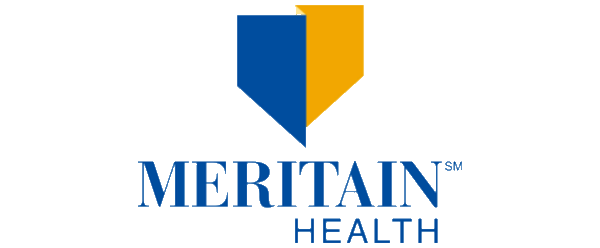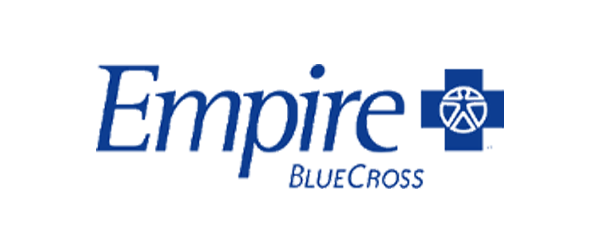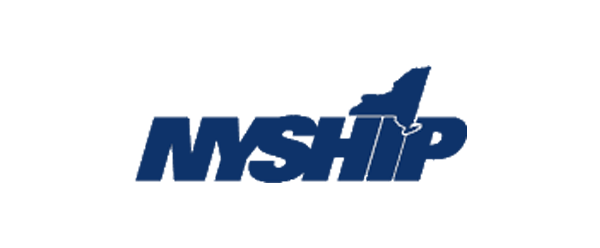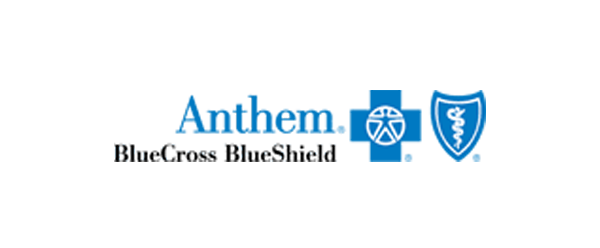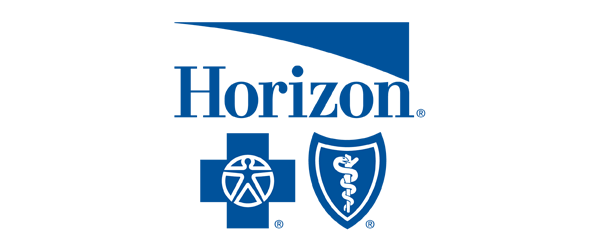To get rid of spider veins, you have to first understand the difference between Sclerotherapy and Radiofrequency Ablation. Sclerotherapy takes aim at spider veins and improves their appearance. RFA targets bigger veins with problems beneath the surface.
You can’t swap these treatments for each other. Spider veins are too tiny for RFA tools. Sclerotherapy uses tiny needles to fix them. RFA needs a catheter and heat, made for larger veins only.
Doctors often use both treatments together. They start with RFA for big veins. Sclerotherapy cleans up the leftover smaller veins after that. This approach brings both medical and visual benefits.
Think about your main vein problem before picking a treatment. Sclerotherapy works best for stubborn spider veins. RFA steps in with bigger, deeper issues. Each serves a different purpose, so the right match matters for the best results.
“Sclerotherapy is considered the treatment of choice for spider leg veins,” according to the American Society for Dermatologic Surgery. “The treatment is minimally invasive. The procedure also can improve related symptoms such as aching, swelling, burning and night cramps. Treated veins tend to fade within a few weeks, although occasionally it may take up to two months to see the full results.”
Endovenous ablation is a medical procedure that closes off varicose veins from within. “Ablation means a doctor uses something to damage and close off the vein,” according to Kaiser Permanente. “Varicose veins are twisted, enlarged veins near the surface of the skin.”
Get Rid of Spider Veins by Targeting Them Directly
Sclerotherapy helps get rid of spider veins that are unwanted, cause health problems, and mess with your daily life. Doctors use it for spider veins, reticular veins, and some small varicose veins. They inject a special solution straight into the vein.
This liquid irritates the inside of the vein and triggers swelling. A clot forms and blocks off the blood flow. Soon, the treated vein turns into a tough cord which the body slowly breaks down. The once-obvious vein fades away.
The science is simple. The injected liquid harms the vein lining to start a healing response. The body forms a clot that sticks to the vein wall. This makes the vein collapse.
Over weeks, that collapsed tissue is replaced by scar tissue. The body absorbs the scar tissue bit by bit, and the vein eventually disappears. If you’ve ever watched a bruise fade, the process feels familiar — slow, but steady.
Most people find the results satisfying. Sclerotherapy effectively eliminates problematic veins in 75 – 90 percent of cases, though multiple sessions are typically needed. If sclerotherapy is not successful, other treatments, such as surgery, may be considered.
“Sclerotherapy may not be effective for everyone,” states Medical News Today. “Under 10% of people may not have any response to the treatment, regardless of the size of the veins in question. If sclerotherapy is ineffective or unsuitable, a doctor may try injecting a different sclerosing solution or recommend another approach, such as cutaneous laser therapy.”
The Science Behind Sclerotherapy: Solutions and Techniques
Doctors have several options to get rid of spider veins. Polidocanol and Sodium Tetradecyl Sulfate are popular picks, as these agents break down vein walls by messing with cell surfaces. Many choose them for their solid track record and low chance of allergies.
Hypertonic saline, an older method, draws water from cells, drying and damaging them. This method tends to hurt more, with a bigger risk of harming tissue if it escapes the vein. Some chemical options like chromated glycerin burn the area but aren’t FDA-approved in the U.S.
Foam sclerotherapy changed the game. A doctor mixes a medication with air, making a light foam. This foam spreads through the vein much better than a liquid, touching more surface area.
It’s especially helpful for stubborn or slightly larger veins. Using foam sometimes means doctors can use smaller amounts, which helps avoid unwanted reactions. Liquid versions are still great for tiny spider veins.
Ultrasound-Guided Foam Sclerotherapy is a big step forward. With ultrasound, a doctor can spot the vein while placing the needle and watch as the foam goes in. This approach carefully targets tricky veins, making treatment safer and results more reliable.
Watching every move on the screen lowers the risk of problems. Sclerotherapy keeps getting better and stands out as a go-to choice for treating both spider and reticular veins.
RFA: Get Rid of Spider Veins by Addressing the Root Cause
Endovenous Radiofrequency Ablation, or RFA, uses heat to treat your problems and get rid of spider veins. Doctors use it for bigger veins like the great saphenous and small saphenous veins.
These veins often cause issues like blood flowing the wrong way and putting pressure on the legs. That pressure can lead to varicose veins and sometimes spider veins. RFA is less intense than old-fashioned vein surgery.
Instead of removing veins, RFA shuts them down from the inside. Fixing the bigger veins can stop new spider veins.
Doctors insert a thin tube into the target vein, and an imaging scan helps guide the tube. The tip of the tube gets very hot, about 120 degrees Celsius. That heat hurts the inside of the vein so it spasms and pulls tight.
The vein seals itself off and blood finds its way through healthier routes. Eventually, your body breaks down and absorbs the old closed vein.
“Adequate and proper compression stockings and bandages are applied after the procedure to reduce the risk of venous thromboembolism and to reduce postoperative bruising and tenderness,” according to the National Library of Medicine’s National Center for Biotechnology Information. “Patients are encouraged to walk immediately after the procedure. Follow-up protocols vary, with most patients returning 1 to 3 weeks later for an initial follow-up visit.”
Tumescent anesthesia plays a big role in the RFA procedure. Doctors inject a mix of lidocaine, epinephrine, and bicarbonate around the vein, where a large volume surrounds the entire target area. The patient stays comfortable due to local pain relief.
The vein tightens around the catheter for better heat contact. Heat doesn’t stray to nearby nerves or skin because of the fluid barrier, an approach helping avoid pain or burns. Fortunately, patients have a smoother experience with fewer worries.
Treatment Effectiveness and Sclerotherapy Outcomes
Sclerotherapy tends to produce noticeable results for most patients who need to get rid of spider veins just under the skin. Success rates bounce around between 50 and 90 percent. Some clinics push that number even higher.
The number of sessions isn’t set in stone. It depends on how many veins you have, how stubborn they are, and how your body reacts. Most people need somewhere between one and three visits before they see the full effect.
If you’ve got a large spread of veins, more trips back might be on the cards. Treatments aren’t rushed — usually there’s a wait of several weeks, sometimes even months, between sessions. This gives your body time to heal and gives the specialist a chance to judge how things are going before moving forward.
Results show up at different speeds, with tiny spider veins starting to fade in as little as three weeks. Larger veins might take a few months before they vanish completely.
Once Sclerotherapy does its job, the veins treated generally don’t pop back up. New ones can still appear somewhere else, though, especially if things like genetics or vein issues run in your family. Over the next few years, you might see more appear, but the treated ones usually stay gone.
| Feature | Sclerotherapy | Endovenous Radiofrequency Ablation (RFA) |
| Mechanism | Chemical ablation via sclerosant injection. | Thermal ablation via radiofrequency energy delivered by catheter. |
| Primary Target | Spider veins (telangiectasias), reticular veins, small superficial varicosities. | Larger incompetent truncal veins (Great Saphenous Vein, Small Saphenous Vein). |
| Typical Vein Size | Less than 1 millimeter (spider veins), and 1-3 millimeters (reticular veins). | Larger veins, often greater than 5 millimeters; can treat veins greater than 12 millimeters. |
| Invasiveness | Minimally invasive (multiple fine needle injections). | Minimally invasive (catheter insertion via a single small skin incision or puncture). |
| Anesthesia | Typically none, or topical/local for comfort; not routinely required. | Local (tumescent) anesthesia infiltrated along the treated vein is essential. |
| Typical Duration | 15 – 30 minutes per session. | 30 – 60 minutes per vein treated. |
Get Rid of Spider Veins Through Advancements
Endovenous RFA really delivers when treating troublesome areas, guaranteeing you can get rid of spider veins. Earlier RFA catheters managed to close about 90 percent of veins after six months. Newer devices like ClosureFast changed the game.
Reports show closure rates hit 95 percent or higher within a year. In fact, ClosureFast reached 93 percent closure after three years in a big study, and some reports even claim over 99 percent success.
Results like these mean more than just closed veins. Most people find relief from aching, swelling, heaviness, or muscle cramps soon after treatment. Life feels easier and more comfortable for many after RFA.
One big step forward came with segmental ablation catheters. Unlike the first models, these heat short sections of veins at a time, where the process is quicker and more predictable.
ClosureFast and similar systems lead to better outcomes without longer appointments. Venclose is another new system on the scene, promising similar benefits for people with venous reflux. With patient comfort and fast results as top priorities, new upgrades in RFA just keep coming.
Sclerotherapy vs. RFA for Spider Veins: A Clear Distinction
As many patients worry about their leg health, it’s important to know the difference between Sclerotherapy and Endovenous RFA to get rid of spider veins. These treatments don’t do the same thing. Each one targets a different problem, even though both can relate to those thin purple or blue veins under the skin.
Sclerotherapy is the main choice for spider veins you can see. Doctors use it for thin veins less than one millimeter wide. This treatment also works on small bluish reticular veins and some tiny varicose veins. Sclerotherapy targets surface veins you can spot.
Endovenous RFA deals with bigger problems. It treats large superficial veins like the Great Saphenous or Small Saphenous Vein. These are thick veins, sometimes more than 12 millimeters wide.
RFA isn’t meant to zap away spider veins. Instead, it fixes the deeper vein issues that can make spider veins appear.
Sometimes those deep veins stop working right, so pressure builds up and more spider veins pop out. Fixing the big faulty vein with RFA can help. Less pressure in those veins can stop new spider veins from forming.
A doctor might use Sclerotherapy after treating deeper veins with RFA. That way, any leftover spider veins can be treated once the main problem is fixed. Doctors often use an ultrasound to check for deeper issues first.
If they skip this, spider veins may just return soon after Sclerotherapy. Treating only the surface without finding the cause often leads to quick disappointment.
Wellness and Pain
Get rid of spider veins by visiting Wellness and Pain. We offer conservative treatments, routine visits, and minimally invasive quick-recovery procedures. We can keep you free of problems by providing lifestyle education and home care advice.
This enables you to avoid and manage issues, quickly relieving your inhibiting lifestyle conditions when complications arise. We personalize patient care plans based on each patient’s condition and unique circumstances. Wellness and Pain can help improve wellness, increase mobility, relieve pain, and enhance your mental space and overall health.
